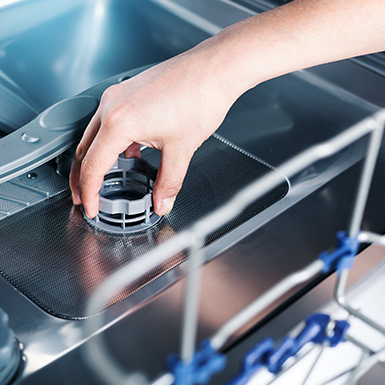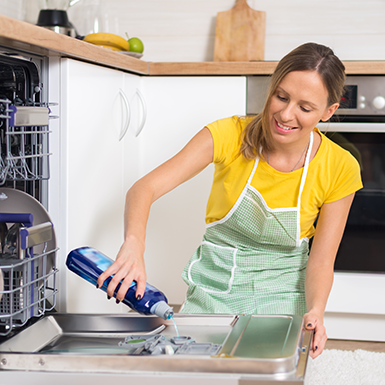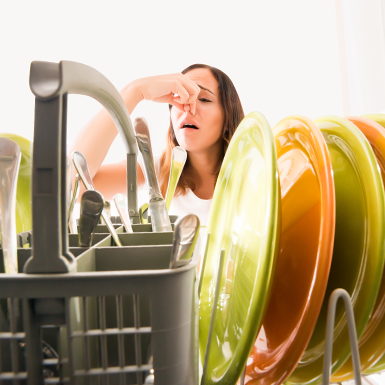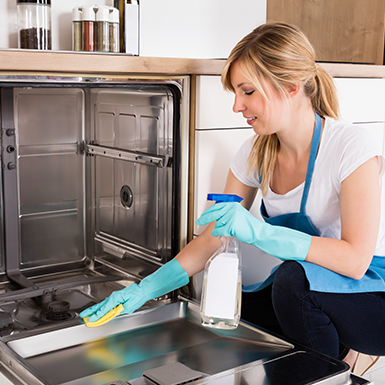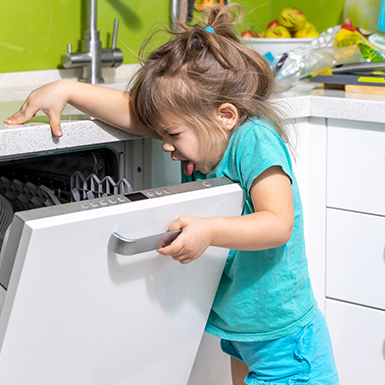How To Clean Your Dishwasher
Dishwashers have become a staple part of most kitchens, taking the hard work out of cleaning dirty crockery. By purchasing a dishwasher, all you must do is load the machine with used dishes, switch it on to your desired programme and let it do its magic.
But what happens when your dishes and glassware are not coming out as sparkling as you would like?
Over time, food grease and debris can build up inside, giving the appliance a dirty appearance and unpleasant odour. Food waste also prevents the machine from draining efficiently, which can cause it to flood.
If your dishwasher gives off a stale smell, or you see standing water inside, then try the following tips.
1. Remove and Clean the Dishwasher Filter
First thing’s first – clear any crockery or cutlery from the dishwasher. Remove the lower rack, so you can access the drain – on some models you may not be able to remove the bottom rack, in which case, slide the drawer out as far as it will go.
Keep Your Appliance In Top Condition
Keeping your dishwasher clean is one thing, but what else can you do to ensure it remains at its best? Here are a few extra tips to help keep it healthy:

